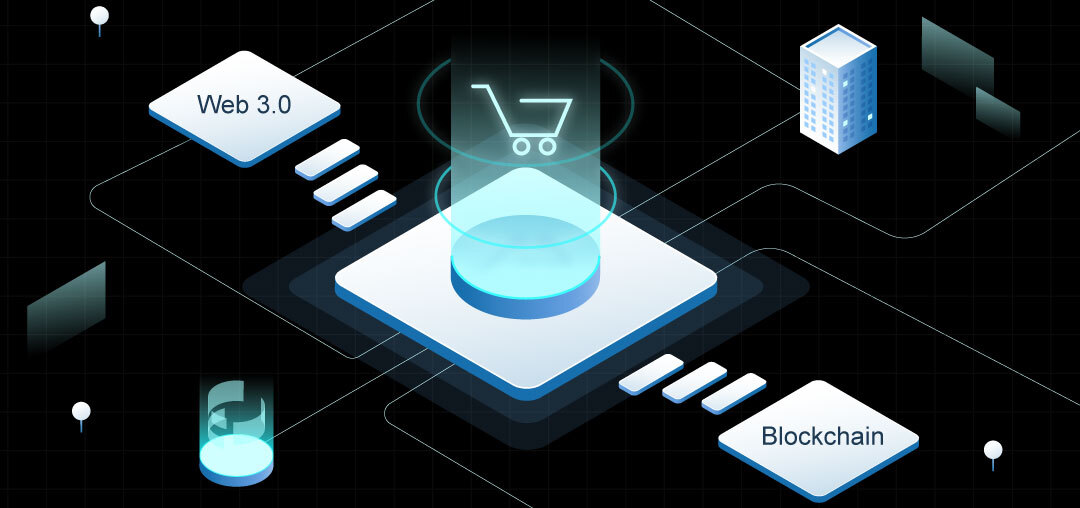Blockchain and Industrial Shift 3.0
Blockchain technology has the potential to play a significant role in what some refer to as "Industrial Shift 3.0," which is characterized by the integration of advanced technologies into various industries to drive efficiency, transparency, and innovation. Let's explore how blockchain fits into this context:
1.
Supply Chain Management: Blockchain can revolutionize supply
chain management by providing a transparent and immutable ledger for tracking
goods and transactions. This helps in reducing fraud, ensuring product
authenticity, and optimizing logistics. In Industrial Shift 3.0, supply chains
are becoming increasingly global, and blockchain can provide the trust and
transparency needed in these complex networks.
2.
Smart Contracts: Smart contracts, self-executing
contracts with the terms of the agreement directly written into code, can
automate various business processes. This includes payments, regulatory
compliance, and more. In Industrial Shift 3.0, automation is a key theme, and
blockchain-based smart contracts can streamline operations.
3.
Data Security: With the increasing volume of data
generated by industries, data security becomes paramount. Blockchain's
encryption and decentralized structure make it highly secure. In Industrial
Shift 3.0, as data becomes the lifeblood of industries, blockchain can ensure
data integrity and privacy.
4.
Energy and Sustainability: Industrial Shift 3.0 emphasizes
sustainable practices. Blockchain can be used to track and verify the source of
renewable energy, ensuring that companies meet their sustainability goals
transparently. This is especially important as industries are under increasing
pressure to reduce their carbon footprint.
5.
Tokenization of Assets: Blockchain enables the tokenization of
physical assets like real estate, art, and even industrial equipment. This can
democratize investment opportunities and make it easier to trade and manage
these assets. In Industrial Shift 3.0, traditional asset management is being
transformed through digitization.
6.
Decentralized Autonomous Organizations
(DAOs):
DAOs are organizations governed by code and smart contracts rather than
traditional hierarchies. They can facilitate decentralized decision-making and
collaboration. In Industrial Shift 3.0, more organizations may experiment with
DAOs to increase agility and reduce bureaucracy.
7.
Intellectual Property and Licensing: Blockchain can help protect
intellectual property rights by securely recording ownership and licensing
agreements. This is particularly relevant in industries where intellectual
property is a valuable asset, such as entertainment and technology.
8.
Interoperability: In an increasingly interconnected
world, interoperability between different systems is crucial. Blockchain can
serve as a common protocol for data exchange and trust, making it easier for
different technologies to work together seamlessly.
9.
Digital Identity: Industrial Shift 3.0 involves a growing
digital workforce and the need for secure digital identities. Blockchain can
provide a reliable and tamper-proof way to manage digital identities, ensuring
that only authorized individuals or entities access sensitive information and
systems.
In summary, blockchain technology aligns with the goals of Industrial Shift 3.0 by
providing solutions for transparency, security, automation, and efficiency
across various industries. However, it's essential to recognize that the
successful implementation of blockchain in these contexts requires overcoming
technical, regulatory, and adoption challenges. Additionally, the landscape of
both blockchain technology and industrial shifts is continually evolving, so
ongoing exploration and adaptation are crucial.

Wow nice post
ReplyDelete